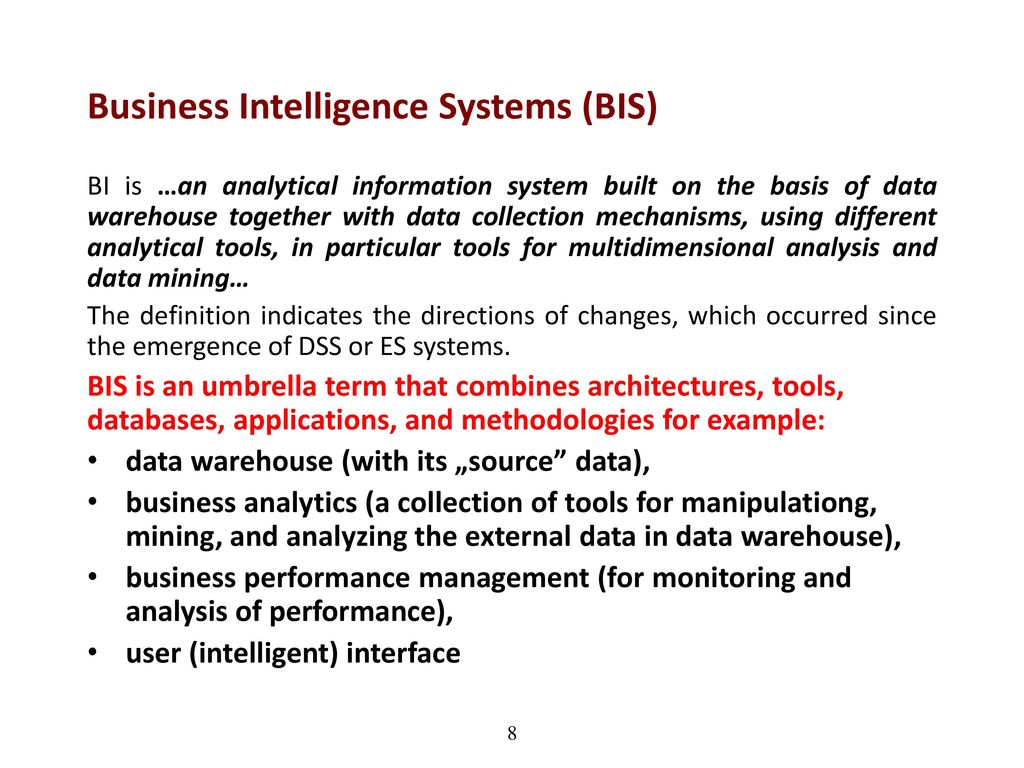What to Do When You’re in a Car Accident with Someone Else at Fault
In the aftermath of a car accident, it’s like your world has been turned upside down. Your head’s spinning, your body’s aching, and your mind’s racing. But amidst the chaos, one thing is crystal clear: the other driver was at fault.
Don’t let the weight of this situation crush you. You have rights, and you deserve to be compensated for the damages you’ve suffered. But to get what you’re entitled to, you need to take the right steps. Here’s a step-by-step guide to help you navigate this challenging time.
1. Ensure Your Safety and Well-being
First and foremost, ensure your safety and the safety of any passengers involved. Pull over to a safe location, if possible, and turn on your hazard lights. If you or anyone else is injured, call 911 immediately. Once the police arrive, they’ll create an accident report, which will serve as official documentation of what happened.
While waiting for the police, exchange information with the other driver involved. Get their name, contact information, insurance details, and license plate number. It’s also crucial to take pictures of the accident scene, including the damage to both vehicles. These photos will be valuable evidence later on.
If you feel up to it, jot down a brief description of the accident, including what happened, where it happened, and any witnesses who may have seen what went down. This information will help you when you file your insurance claim and pursue legal action, if necessary.
Don’t forget to contact your insurance company as soon as possible. They’ll guide you through the claims process and help you get the compensation you deserve.
Being involved in a car accident with someone else at fault can be a traumatic experience. But remember, you’re not alone. Take these steps to protect yourself and your rights, and you’ll increase your chances of getting the justice you deserve.
Determining Fault in a Car Accident
Steps to Take After a Car Accident
Hey there! After a car accident, the first thing to do is to make sure you and everyone else is safe. Pull over to the side of the road, turn on your hazard lights, and call 911 if anyone is injured. If it’s a minor accident and everyone is okay, you should still pull over and exchange information with the other driver.
This includes your name, address, phone number, insurance information, and license numbers. It’s also helpful to take pictures of the damage to both cars and get the names and contact information of any witnesses.
Once you’ve exchanged information, you should report the accident to your insurance company. They will investigate the accident and determine who is at fault. If the other driver was at fault, your insurance company will likely cover the cost of your damages.
Gathering Evidence
To support your claim that the other driver was at fault, it’s important to gather as much evidence as possible. This can include:
- The police report
- Witness statements
- Photos of the damage to both cars
- Medical records
- A dashcam recording (if you have one)
The more evidence you have, the stronger your case will be. Your insurance company will be able to help you gather this evidence.
Filing a Claim
Once you have gathered all of the necessary evidence, you can file a claim with the other driver’s insurance company. Typically, you will need to submit a letter that includes your account of the accident, as well as copies of the evidence you have gathered.
The insurance company will investigate your claim and make a decision. If they agree that the other driver was at fault, they will pay for your damages. However, if they disagree, you may need to go to court to settle the dispute.
Getting Legal Help
If you are having trouble getting the insurance company to pay for your damages, you may want to consider getting legal help. A lawyer can help you file a lawsuit against the other driver and represent you in court.
Car Accident Other Person at Fault: A Comprehensive Guide to Navigating the Legal Maze
Being involved in a car accident is a distressing experience, especially when the other driver is at fault. In such situations, it’s crucial to understand your rights as a victim and take appropriate steps to protect them. This article will provide you with a comprehensive guide to help you navigate the legal complexities.
Gather Evidence
Documenting the accident is paramount. Take plenty of photos of the scene, including the damage to your vehicle, the other vehicle involved, and any visible injuries you sustain. Additionally, obtain the other driver’s insurance information, including their name, contact details, and policy number. These records will serve as vital evidence in your case.
Beyond photographs, it’s advisable to collect contact information from any witnesses who observed the accident. Their firsthand accounts can provide valuable corroboration of your version of events. If possible, take videos of the accident scene to capture the situation’s dynamic nature.
Don’t overlook the importance of seeking medical attention promptly. Even if you don’t feel severely injured initially, delayed symptoms can occur. Documenting your injuries with a medical professional will strengthen your claim for compensation.
Contact Your Insurance Company
Report the accident to your insurance company as soon as possible. Provide them with all the details you have gathered, including the other driver’s information and evidence you have collected. Your insurance company will guide you through the claims process and help you determine the best legal options.
Working closely with your insurance company is essential. They can assist you in handling the other driver’s insurance company and ensure you receive fair compensation for your damages.
Seek Legal Advice
In cases where the other driver’s fault is clear and there are significant damages, seeking legal advice is highly recommended. An attorney can evaluate your case, advise you on your legal rights, and represent you in negotiations with the other driver’s insurance company.
An experienced attorney can help you maximize your recovery, ensuring you receive compensation for medical expenses, lost wages, pain and suffering, and other damages. They can also help you navigate the complex legal process and protect your rights.
Car Accident: Other Person at Fault
After a car accident, it can be challenging to know where to turn. If the other person was at fault, you may be wondering what your next steps should be. Here’s a guide to help you navigate the process and protect your rights:
Contact Your Insurance Company
The first thing you should do after a car accident is to contact your insurance company. They will need to know about the accident so they can start processing your claim. Be sure to provide them with as much information as possible, including the other driver’s name and insurance information, the date and time of the accident, and the location of the accident.
File a Police Report
If the accident was serious, you should also file a police report. This will provide an official record of the accident that can be helpful if you need to file a claim with your insurance company or take legal action.
Get Medical Attention
Even if you don’t feel injured, it’s important to get medical attention after a car accident. Some injuries, such as whiplash, may not show up immediately. Getting medical attention will help you rule out any serious injuries and get the treatment you need.
Hire an Attorney
If the other driver was clearly at fault and you have serious injuries, you may want to consider hiring an attorney. An attorney can help you negotiate with the insurance company and get you the compensation you deserve. However, you can still get compensation even if you don’t hire an attorney if you are willing to negotiate with the insurance company yourself or if you have minor injuries.
Gather Evidence
If you can, gather as much evidence as possible about the accident. This may include taking pictures of the damage to your car, getting a copy of the police report, and getting statements from witnesses. This evidence will help you support your claim and get you the compensation you deserve.
Don’t Admit Fault
One of the most important things you can do after a car accident is to not admit fault. Even if you believe you were partially at fault for the accident, it’s important to let the insurance companies sort it out. If you admit fault, it could hurt your claim. So, don’t say you’re sorry or take responsibility for the accident. Just stick to the facts and let the insurance companies do their job.
Car Accident: Other Person at Fault
After a car accident, you’re likely feeling shaken and confused. If the other driver was at fault, you may be wondering what to do next. Here’s a guide to help you navigate the process and get the compensation you deserve.
Gather Evidence
The first step is to gather as much evidence as possible. This includes taking photos of the damage to your car, getting witness statements, and obtaining a copy of the police report. The more evidence you have, the stronger your case will be.
Report the Accident
You are legally required to report the accident to your insurance company, even if you don’t plan on filing a claim. Your insurance company will investigate the accident and determine who is at fault. They will also help you file a claim for damages.
Negotiate with the Insurance Company
Once the insurance company has determined that the other driver is at fault, they will offer you a settlement. This is a sum of money that you can accept in exchange for releasing the insurance company from any further liability. If you are not happy with the settlement offer, you can negotiate with the insurance company. You may want to consider hiring an attorney to help you with the negotiation process.
File a Lawsuit
If you are unable to reach a settlement with the insurance company, you may need to file a lawsuit. This is a legal proceeding in which you seek compensation for your damages. Filing a lawsuit can be a complex and time-consuming process, so it’s important to weigh the pros and cons carefully before making a decision.
Hire an Attorney
If you have serious injuries or the other driver is disputing fault, you should consider hiring an attorney to represent you. An attorney can help you gather evidence, negotiate with the insurance company, and file a lawsuit if necessary. They can also help you get the maximum compensation you deserve for your injuries and damages.
Here are some tips for choosing an attorney:
- Look for an attorney who has experience handling car accident cases.
- Get referrals from friends, family, or other professionals.
- Interview several attorneys before making a decision.
- Make sure you feel comfortable with the attorney you choose.
If you’ve been in a car accident that wasn’t your fault, don’t hesitate to take action. You deserve to be compensated for your injuries and damages. By following these steps, you can increase your chances of getting the justice you deserve.
Car Accident Other Person at Fault
After a car accident that wasn’t your fault, dealing with the aftermath can be overwhelming. You may be injured, facing mounting medical bills, and struggling with lost wages. If the other driver was at fault, you have the right to seek compensation for your damages. Here’s a comprehensive guide to help you navigate the process of holding the responsible party accountable.
Gather Evidence and Document the Accident
The first step is to gather as much evidence as possible. Take photos of the accident scene, including the damage to your vehicle and any visible injuries. Obtain contact information from any witnesses and file a police report. Keep a detailed record of your medical expenses, lost wages, and other out-of-pocket costs.
Determine Fault and Liability
Insurance companies will investigate the accident to determine fault. They will review police reports, witness statements, and photos. In most cases, the driver who caused the accident will be held liable for damages. Comparative negligence laws in some states may reduce your compensation if you were partially at fault.
File an Insurance Claim
Once fault is established, you can file an insurance claim with the at-fault driver’s insurance company. Provide them with all the documentation you have gathered, including medical records, repair estimates, and lost wages. The insurance company will review your claim and determine how much compensation you are entitled to.
Negotiate a Settlement
In most cases, you will negotiate a settlement with the insurance company rather than going to court. An experienced attorney can represent you and negotiate a fair settlement that covers your medical expenses, lost wages, pain and suffering, and other damages.
File a Lawsuit (If Necessary)
If you cannot reach a settlement with the insurance company, you may have to file a lawsuit. This is a more adversarial process, but it may be necessary to obtain the compensation you deserve. An attorney can help you file a lawsuit and represent you in court.
Car Accident, Other Person at Fault
After being involved in a car accident that wasn’t your fault, it’s easy to feel overwhelmed and lost. You may be dealing with injuries, property damage, and lost wages. If you’re like most people, you’re probably wondering what to do next.
The first step is to contact your insurance company. They will be able to help you file a claim and get your car repaired or replaced. You should also contact a lawyer. A lawyer can help you get the compensation you deserve for your injuries and other damages.
Negotiating a Settlement
In most cases, you will be able to settle your claim with the other driver’s insurance company without going to court. This is often the best way to resolve your claim quickly and efficiently. However, you should not accept a settlement offer without first talking to a lawyer.
A lawyer can help you evaluate the value of your claim and make sure that you are getting a fair settlement. If you cannot reach a settlement, you may need to file a lawsuit against the other driver.
Filing a Lawsuit
If you cannot reach a settlement, you may need to file a lawsuit against the other driver. This is a more formal process, but it may be necessary to get the compensation you deserve.
To file a lawsuit, you will need to file a complaint with the court. The complaint will state your claims against the other driver and the damages you are seeking.
The Discovery Process
Once you have filed a lawsuit, the discovery process will begin. This is a process where both sides exchange information about their case. This can include interrogatories, requests for production of documents, and depositions.
The discovery process can be long and expensive, but it is essential to building a strong case.
Going to Trial
If you cannot reach a settlement during the discovery process, your case will go to trial. This is a formal process where a judge or jury will hear the evidence and make a decision about your case.
Going to trial can be a stressful experience, but it is important to remember that you are not alone. Your lawyer will be there to help you every step of the way.




Leave a Reply